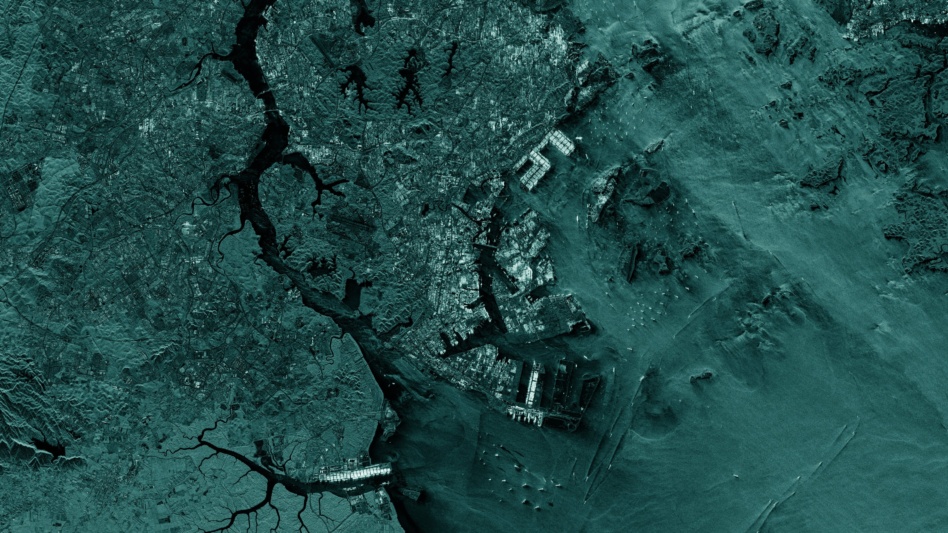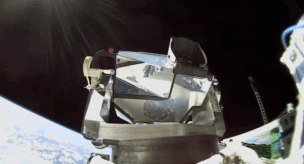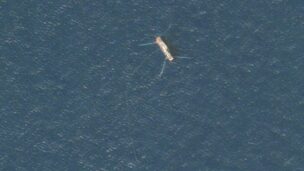Finnish SAR company ICEYE announced a new family of products today that will use its existing satellite constellation to help customers locate, track, and characterize assets at sea.
The first product, called ICEYE Ocean Vision Detect, uses SAR data and machine learning algorithms to give customers data on the presence, location and size of ships in a certain region to help them take action.
More details: ICEYE US CEO Eric Jensen said demand for maritime data has increased significantly, especially over the past two years.
One potential use case Jensen described involves keeping an eye out for ships where they don’t belong. For example, if satellites spotted a ship where it wasn’t expected, it could judge, based on the size of the ship and depth of the water, that it had run aground and alert authorities to investigate further and send help.
“Rather than those organizations flying UAVs or planes around all the time to detect when this happens, the cost and time required for us to do it gives them a massive advantage,” he said.
Areas of interest: Some areas where an extra set of eyes on the seas are likely to be needed include the South China Sea, Arctic Circle, and Middle East, as well as economic exclusion zones near South America and Africa. Jensen said ICEYE is working closely with governments in those areas, whose economies are intricately linked to the sea through industries such as fishing or shipping.
What’s next: Jensen said the company is focused on improving its detection capabilities, including detecting smaller boats with greater accuracy, to ensure it can serve all of its customers.
“If we have 95% accuracy for vessels that are of a certain large size…we may not necessarily be solving the problem for customers and border protection who often are looking for vessels that are much smaller,” he said. “As the system gets better and better and better, we’ll be calibrating it for all those different classes of vessels, be it combatant or commercial in nature.”




